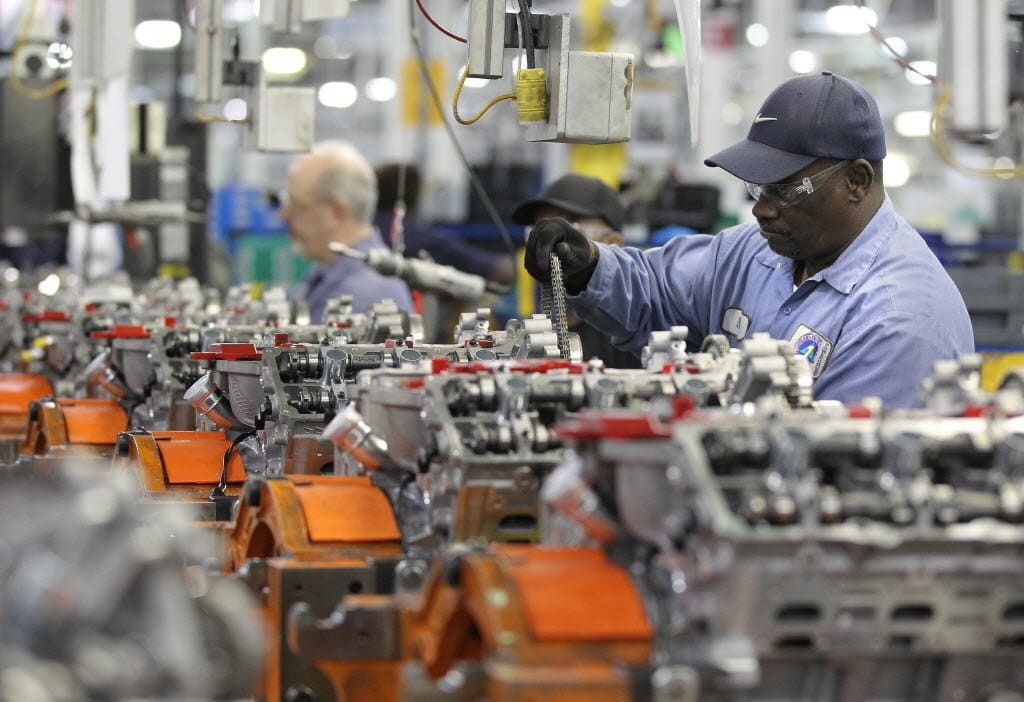Imagine an industry that does not have organized defined and justified processes. The layout of the plant was chosen at random, nobody knows exactly the right time for each operation and there is no clear guidance. It is impossible to believe that such a business can achieve success, right? That is why the PPC (Production Planning and Control) was created.
It is a process to help manage production activities. It is through it that all operational resources will be define. The PPC involves functions of planning (what will be produced and with what resources), programming (definition of resources and sequence between flows) and control (monitoring and correction of deviations).
Therefore, the big goal here is to facilitate product planning and standardization practices to create a workflow for better results. Thus, with the implementation of well-structured planning, the tendency is to increase efficiency, reduce waste and reduce production bottlenecks.
Production Planning and Control (PPC) Steps
The PPC involves several activities that may vary from company to company. However, there is a structure of production steps that are generally present in all industries:
Demand Forecast
It is estimating how much the company should sell to calculate the demand for production, materials and human resources. It is planning with results both in the short term (when we talk about inventory issues, for example), as well as in the medium and long term (if we analyze the development of new products, for example).
Production Capacity Planning
With the long-term demand forecast defined, the need to increase or decrease the capacity to meet demand is determined. For example, if the forecast was to accelerate production and develop new products, it will be necessary to purchase new raw materials and machines to carry out the planning.
Aggregate Production Planning
It is at this stage that the main strategies that will guide the production planning are define. Decisions related to the volume of production, hiring (or firing) employees, overtime, contracts with partners, etc.
It is a long-term plan (usually annual), where information on demand and capacity guides decision making.
Master Production Planning
It is the operationalization of the strategies defined for the short term, in a defined period. In other words, at this stage, resources are direct to produce the amount needed to meet the demand for a given period. As this is a shorter cycle, items and quantities are delimit with a greater degree of detail than in aggregate planning.
Detailed Production Schedule
It is relate to activities carried out directly on the factory floor. We can divide this stage into subcategories:
Materials Management: Planning the exact quantity of materials, stock management, defining the number of products per batch, among other activities
Sequencing of production orders: Definition of the sequence of processes seeking greater efficiency of the machines and minimizing delays.
Issuance of production orders: Documentation necessary to start operations
Production control
It is the last stage of the process, where we have the monitoring and measurement of the processes that are put into practice in the previous phases. The objective is to check the production performance and make the necessary adjustments.
The idea here is also to accumulate data and create a larger basis for making future decisions and, when starting a new cycle, have a more targeted starting point. In this sense, it is important to define in advance, which will be the performance indicators that will be analyze.
Sectors Involved
As you may have noticed, this process permeates different areas of the factory. Engineering, Purchasing and Inventory may be the protagonists, but it is very important that other sectors participate in decisions and planning.
After all, Production Planning and Control must collaborate for the integration between the areas of production and sales, balancing internal processes (which always seek efficiency) and external processes (which make the connection with the market).
Thus, the sales sector must actively participate in the PPC. Because, as we said, demand forecasting is the first step in this process. These professionals also participate in decisions about product quantity and capacity.
HR must also be involved in this strategy. After all, it is necessary to determine how many people must work on the project to fulfill the demand. Finance also enters, mainly in the inventory balance, raw material and finished product, to understand whether the company is moving in the right direction.
In other words, every factory needs to be connect and participate in the Production Control and Process.
Support Tools
To put all this into practice, it is possible to use some management tools that will make the process more intuitive:
Kanban
Kanban is a cash management methodology that, in general, divides activities into “doing”, “doing” and “done”. The simple act of separating tasks in this way on a board already helps to understand how the progress of each activity is.
Thus, the manager identifies whether the deadlines are met and where the main production bottlenecks are.
Six Sigma
Six Sigma is a methodology that seeks to represent a quality scale where “1-Sigma” is the level with the highest number of defects and “6-Sigma” is the ideal standard, where quality is guaranteed.
In summary, it is necessary to determine objectives and goals that the company wants to achieve, to measure the system by which the company works, to analyze the processes that occur in this environment and, then, to look for opportunities to improve and control these processes.
Kaizen
Kaizen means continuous improvement, that is, it is a cyclical process, which must be constantly reviewed. The idea preached is the elimination of any waste, following the concepts of Lean Manufacturing.
For that, the processes that take place in the company must be well studied, so that some standards can be applied and so that the whole company works collectively in search of greater efficiency.
Technology in Production Planning and Control
Industry has undergone major changes in recent years. The concept of Lean Manufacturing, which has efficiency as its north, is increasingly widespread. At the same time, advances in technology are promoting the complete digitalization of the sector, what we call Industry 4.0.
In addition, what does this have to do with the PPC? All! Today, technology is a great help to build an efficient planning and control strategy. For example, the use of ERP software helps to organize sales, inventory, production processes and even employee management.
However, it is possible to go further: what if you could see in real time how each employee moves around the plant? This is already possible with Internet of Things systems like Novidá. Through sensors spread throughout the factory, it is possible to monitor the route of each worker and understand which processes can be optimize.
It is also possible to use sensors to manage inventory and analyze the movement of machines throughout the day. This can increase the efficiency of the operation by up to 20%. Better, understand how our geolocation system can help your company.
Bonuses – Novidá & Gerdau Success Case
Novidá applied its solution at the Gerdau cylinder plant. In three months, we used our indoor geolocation technology to understand the movement of cylinders on the factory floor. Download our case free and see how technology can also benefit your company.





